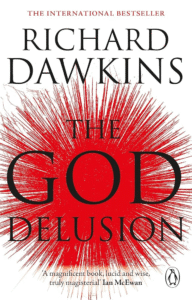A Nation Fractured: Unveiling the Seeds of War in “The Demon of Unrest”

A Chilling Metaphor: The Looming Demon
Erik Larson’s “The Demon of Unrest” isn’t just a historical account; it’s a captivating exploration of a nation teetering on the brink of civil war. The title itself, referencing a letter by military strategist Dennis Hart Mahan, becomes a chilling metaphor. The “demon of unrest” isn’t an external enemy, but the deep-seated tensions surrounding slavery that had been simmering for decades.
A Nation on the Precipice: Key Players in a Divided Land
The book throws us into the tumultuous period between Abraham Lincoln’s narrow presidential victory in 1860 and the devastating attack on Fort Sumter. Lincoln, a resolute but often isolated figure, grapples with the monumental task of preserving a fracturing nation. In stark contrast stands Jefferson Davis, the fiery president of the Confederacy, driven by Southern pride and the concept of states’ rights. Larson masterfully weaves a tapestry of characters, from these political titans to Major Robert Anderson, the conflicted commander of Fort Sumter, caught in a loyalty bind between his duty to the Union and his Southern roots. Politicians, journalists, and ordinary citizens become our guides through this escalating drama, each grappling with the looming crisis in their own way.
Beyond Politics: The Hubris and Miscalculations that Fueled the Fire
Larson delves deeper than just political machinations. He meticulously dissects the hubris and miscalculations on both sides that fueled the rapid descent towards war. Southern leaders, blinded by overconfidence and a belief in European intervention, underestimated the North’s resolve. Meanwhile, Lincoln, hampered by a weak cabinet and limited understanding of the South’s intentions, struggled with indecisiveness. Failed attempts at compromise gave way to increasingly inflammatory rhetoric, creating a climate of agonizing tension.
The Human Cost of Division: A Nation Torn Apart
But “The Demon of Unrest” doesn’t shy away from the human cost. We witness the heartbreak of families torn apart by divided loyalties. Ordinary people are gripped by fear as the specter of war looms large. Through personal letters and diaries, Larson paints a vivid picture of the anxieties and uncertainties that plagued both the North and the South. This period wasn’t just about political maneuvering; it was about the emotional toll on a nation about to be divided.
A Stark Reminder: The Seeds of War and the Importance of Unity
The book climaxes with the bombardment of Fort Sumter, a turning point that plunged the nation into a bloody civil war. However, Larson emphasizes that the seeds of war were sown long before. Economic disparities, political divisions, and the moral stain of slavery had been festering for decades. “The Demon of Unrest” serves as a stark reminder of the dangers of unchecked political animosity and the importance of compromise in preserving national unity. It’s not just a historical chronicle but a cautionary tale, urging us to recognize the “demon of unrest” before it consumes a nation.




















